by Jennifer Bearden | Aug 8, 2014
Recent reports from the field show it’s time to spray soybeans for Asian Soybean Rust, velvetbean, loopers, and other caterpillars. Fall armyworms are still a problem in some fields as well as kudzu bugs. “Fungicides, insecticides and boron are often mixed...
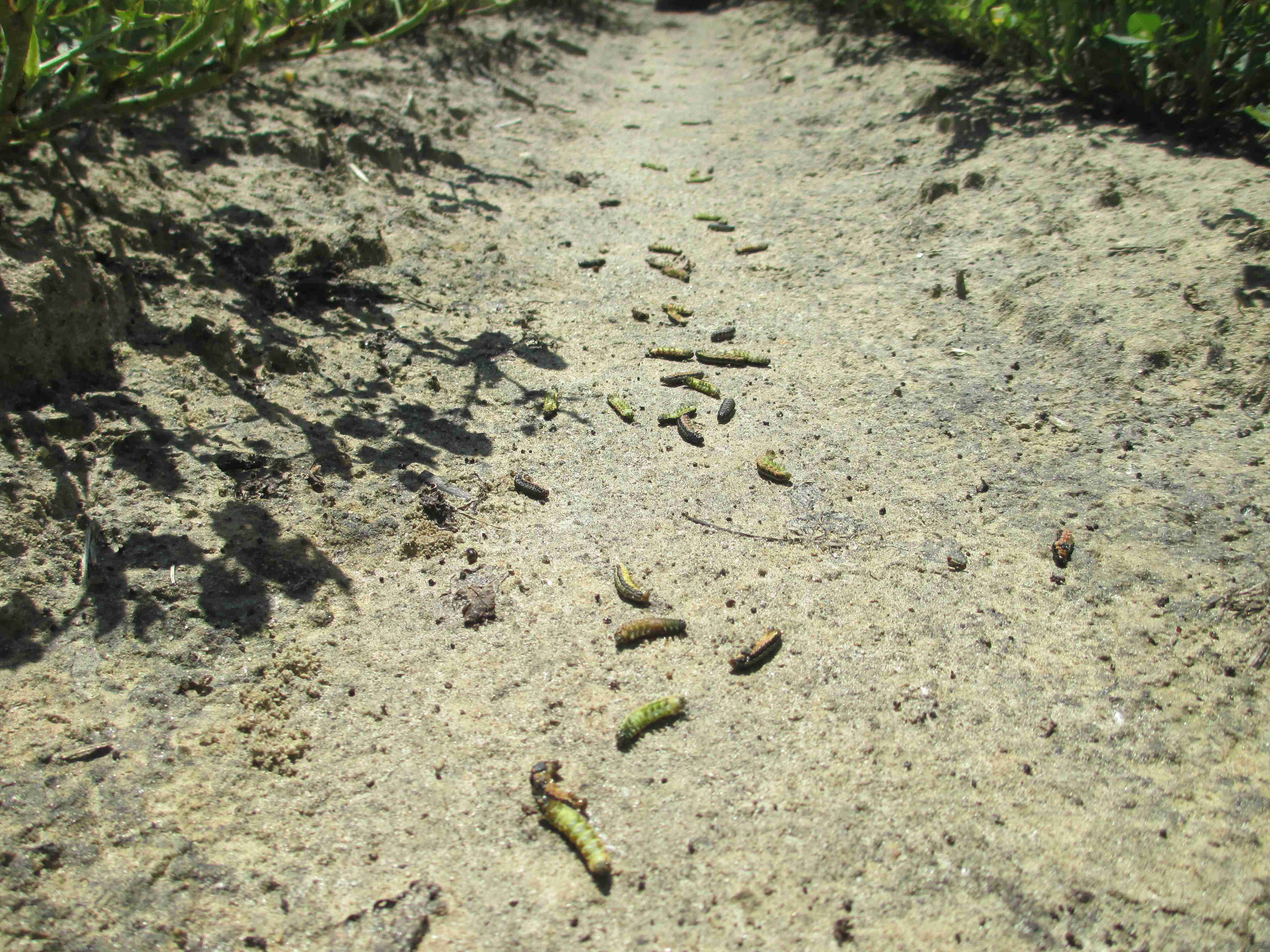
by Josh Thompson | Aug 1, 2014
It’s been a busy week for insect pests, especially caterpillars. It seems that every square mile in Jackson and surrounding counties has armyworms in it right now; including pastures, hayfields, peanuts, soybeans, lawns and anywhere in between. In addition to...
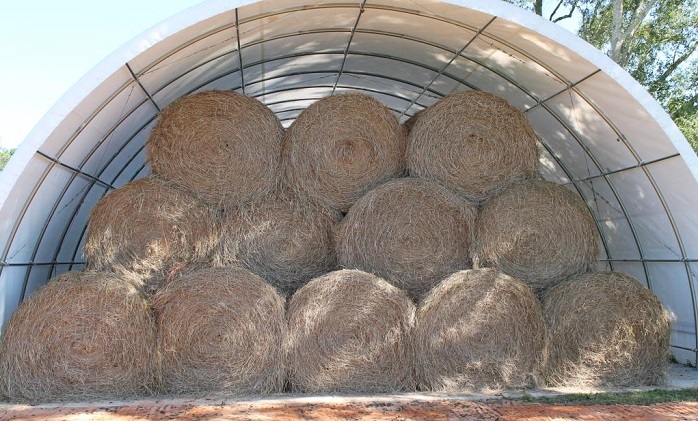
by Mark Mauldin | Jul 25, 2014
It’s mid-summer, rain fall has been adequate, and hay barns are starting to fill up across the Panhandle. Recently, I had the opportunity to visit several Bermudagrass hayfields that were not producing up to their potential for both yield and quality. A common trend...
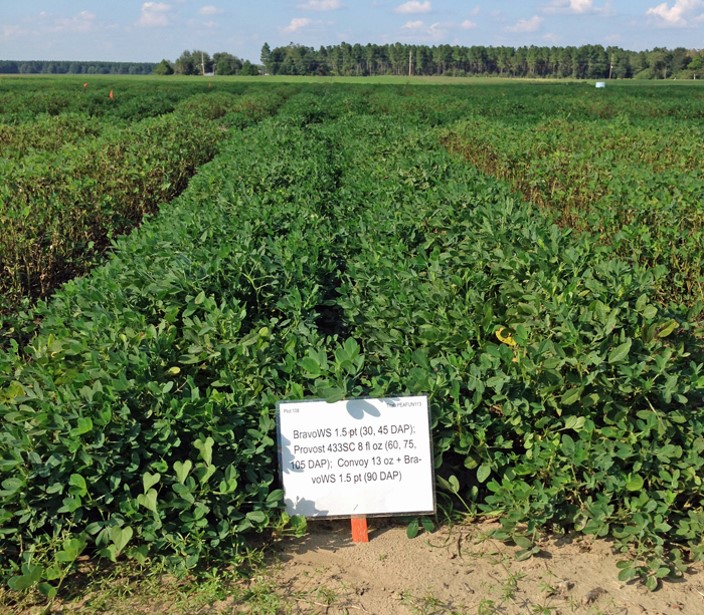
by John Doyle Atkins | Jul 25, 2014
The 2014 Panhandle peanut crop is developing at a normal pace. Soilborne disease control programs have begun, mainly targeting white mold. Some fields are also being treated for foliage feeding caterpillars. As peanut farmers progress further into their white mold...
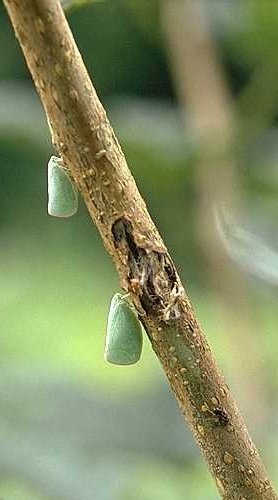
by Russ Mizell | Jul 25, 2014
Vignettes on Summer Insects Russell F. Mizell, III, Professor of Entomology, NFREC-Quincy Planthoppers Mid-summer is upon us and the usual calls and emails are coming in with “What’s this bug?” Usually it is a flatid planthopper (pale green adult picture) and most of...
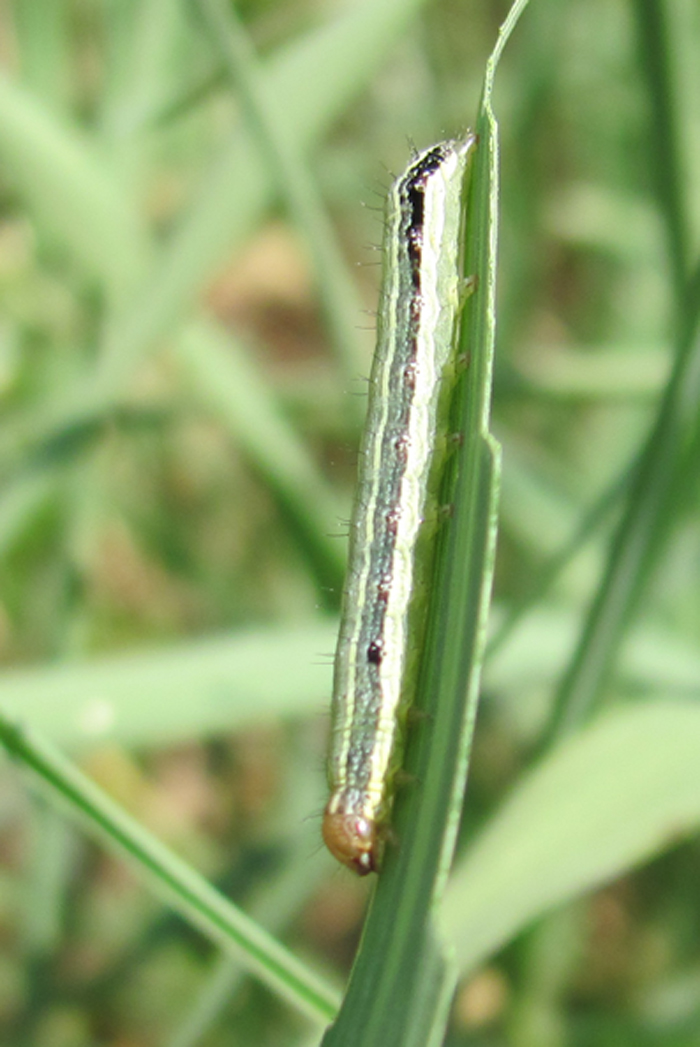
by Doug Mayo | Jul 18, 2014
Every summer, fall armyworm moths fly up from South Florida to lay their eggs in well fertilized hay fields and forage crops in the the tri-state region. The timing of the first major infestations varies from year to year, from May through August. Judging by reports...





